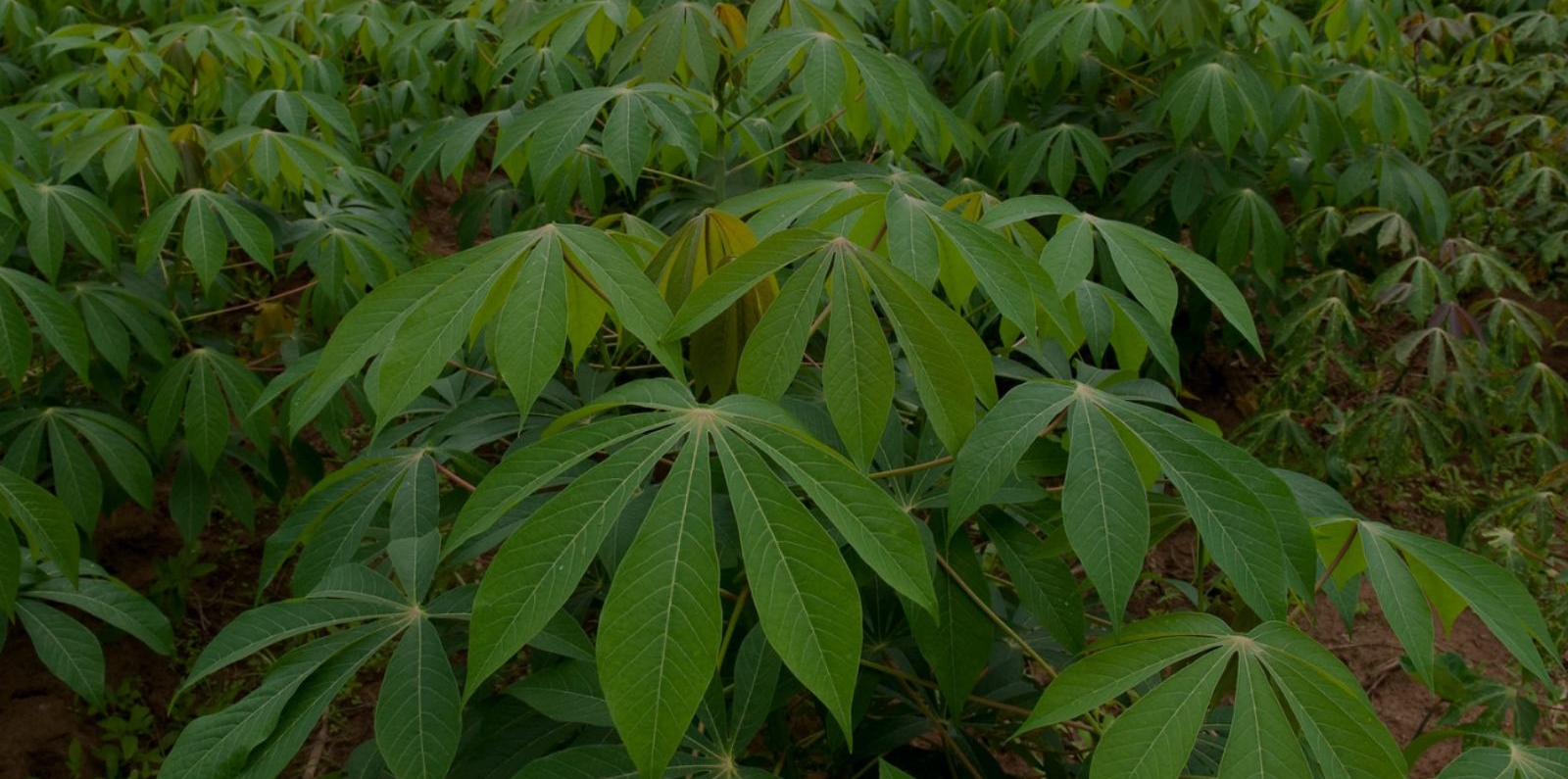About the Project
This project will invest $28 million to structure food demand to assure institutional markets and improve smallholder productivity, thereby increasing food and nutrition security and household incomes, particularly for vulnerable households. The project will do this by increasing agriculture production and productivity, post-harvest management and commercialization, and resilience for identified food chains; linking smallholders to assured institutional markets for example home-grown school feeding; boosting private sector participation; and promoting social protection and food safety net programs.
Country
- The Gambia
Project Status
ActiveFunding
Country-led projectSupervising entity
- AfDB
Call Year
2019GAFSP Funding Amount
28.00Contact
Philip Boahen
p.boahen@afdb.org
Eklou Attiogbevi
e.attiogbevi-somado@afdb.org
Martin Fregene
m.fregene@afdb.org
